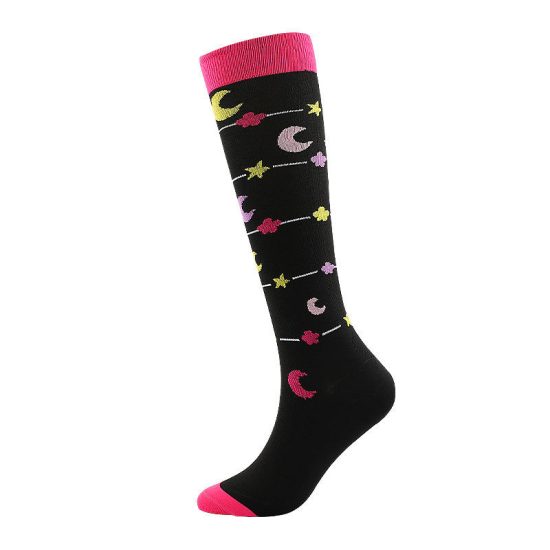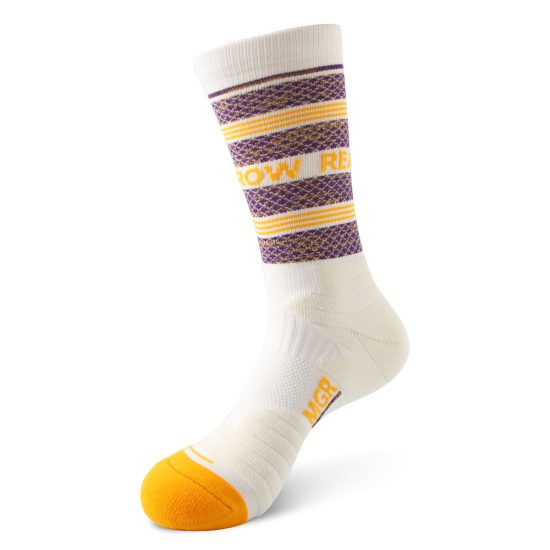There are several types of socks available, each designed for specific purposes, activities, or styles. Here are some common types of socks:
- Ankle Socks: Ankle socks, also known as low-cut socks or no-show socks, have a short length that sits just above or below the ankle. They are typically worn with sneakers or low-cut shoes and are popular for casual or athletic wear. Ankle socks provide minimal coverage and are often preferred in warmer weather or when you want to achieve a “sockless” look.
- Crew Socks: Crew socks are the most common and versatile type of socks. They have a medium length that typically reaches mid-calf. Crew socks provide more coverage than ankle socks and are suitable for various activities and footwear styles. They can be worn with sneakers, boots, or casual shoes and are available in different materials, patterns, and colors.
- Knee-High Socks: Knee-high socks extend up to the knee or just below it. They offer more coverage and warmth and are often worn with skirts, dresses, or under knee-high boots. Knee-high socks come in various materials and designs, including solid colors, patterns, and textures.
- Over-the-Knee Socks: Over-the-knee socks are longer than knee-high socks, reaching above the knee and sometimes up to the thigh. They are a fashionable and trendy choice, often worn with skirts or dresses to create a stylish look. Over-the-knee socks are available in various materials and designs, including solid colors, stripes, or patterns.
- Athletic Socks: Athletic socks are designed specifically for sports and physical activities. They often feature moisture-wicking properties, cushioning, arch support, and targeted ventilation. Athletic socks come in various lengths, including ankle, crew, and knee-high, and are designed to provide comfort, support, and performance during active pursuits.
- Dress Socks: Dress socks are typically worn for formal or professional occasions. They are made of finer materials like silk, wool, or blends and are designed to complement dress shoes and formal attire. Dress socks are often thinner, more lightweight, and come in solid colors or subtle patterns.
- Compression Socks: Compression socks apply graduated pressure to the legs, promoting better blood circulation. They are commonly used in medical settings to prevent blood clots, reduce swelling, and aid in recovery. Athletes and frequent travelers also wear compression socks for performance enhancement and to prevent leg fatigue.
These are just a few examples of the different types of socks available. Each type serves specific purposes and offers various features to cater to different activities, styles, and preferences. Choosing the right type of socks depends on your needs, outfit, and the occasion.

